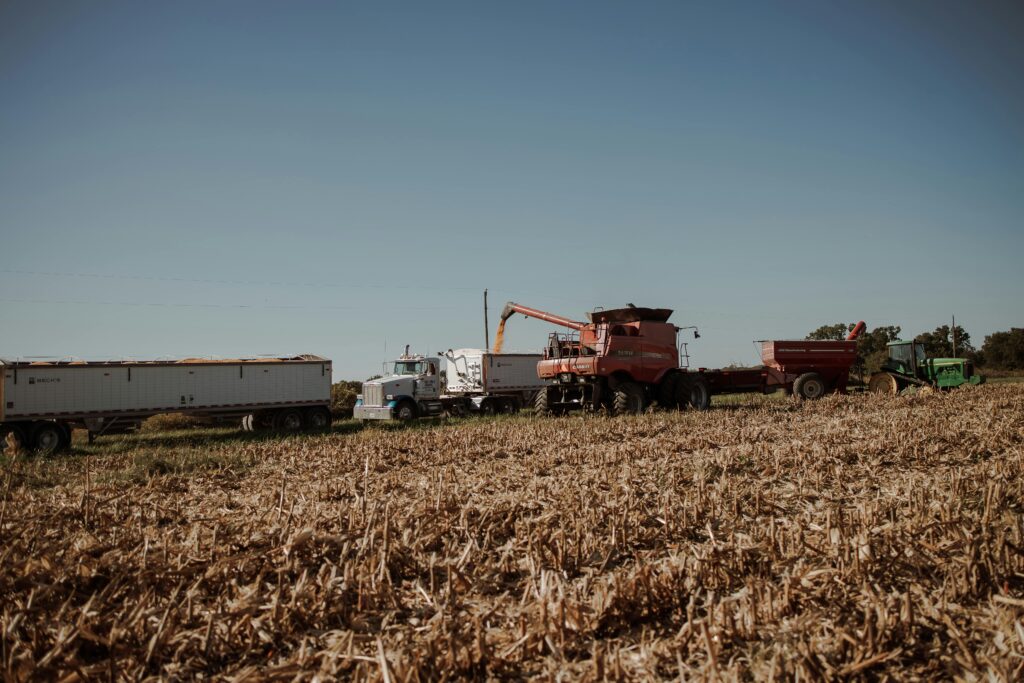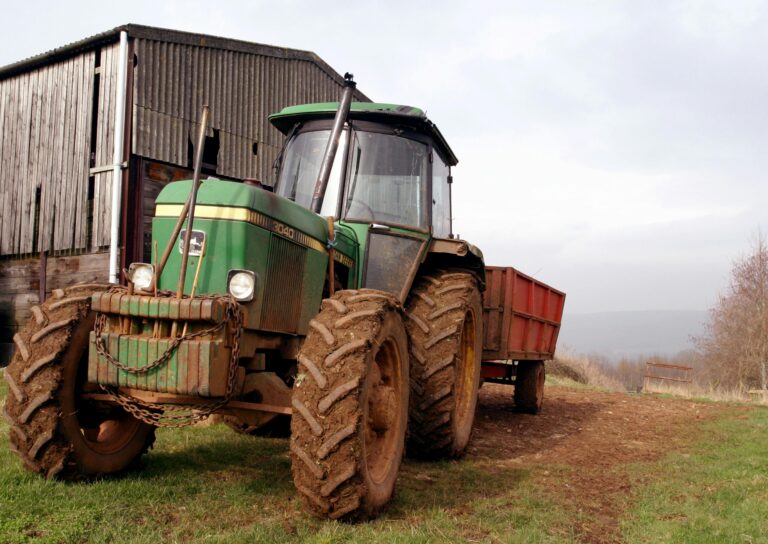Introduction
Precision is the backbone of successful farming. Whether it’s aligning fences, setting up irrigation, or laying out seedbeds, accuracy matters. One of the most underrated agricultural tools that quietly ensures this precision is the combination square. While traditionally used in carpentry, this multi-use measuring device has proven its worth as an essential farm measuring tool across the U.S.
In this article, you’ll discover the use of combination squares in agriculture, real-world applications, practical tips, and everything a farmer in the USA needs to know. Let’s break it down.

What is a combination square?
A combination square is a precision measuring tool consisting of a metal ruler with a spirit level, an adjustable head (also called a square head), a depth gauge, and often a built-in scribing tool. This simple yet versatile tool can:
- Measure angles (especially 90° and 45°)
- Check surface levelness (via the level vial tool)
- Mark straight lines and corners
- Serve as a layout marking tool
Though it originated in carpentry, it’s now a powerful addition to agricultural hand tools due to its multi-functional design and ruggedness.
Why Use a Combination Square in Agriculture?
Farming isn’t just about planting and harvesting—it’s about planning, building, measuring, and aligning. Here’s why using a combination square in agriculture is a smart move:
- Improves measurement accuracy in everything from farm layout planning to machinery alignment
- Helps ensure right angle measurement for structures and components
- Assists in fencing alignment, crop spacing guide, and accurate seed placement
- Acts as a tool for straight lines, angle measuring tool, and tool alignment device
- Saves time and reduces costly mistakes
When paired with other land measurement tools, it becomes an invaluable aid for precision agriculture.
Practical Uses of a Combination Square in Agriculture
Let’s dive into how this square ruler in agriculture plays out in the real world.
Setting Up Fencing and Posts
Fencing is a critical part of any farm. A combination square helps ensure 90-degree angle checks when placing posts, making sure they are both upright and aligned.
Using the leveling tool for farming built into the square, farmers can:
- Check vertical alignment before cementing fence posts
- Ensure straightness over long runs
- Maintain consistency in spacing in crop planting areas adjacent to fences
Building and Repairing Barns or Sheds
During agricultural construction, measuring accuracy is vital. The combination square ensures that wooden or metal beams are cut and joined at correct angles.
Use it to:
- Mark perfect right angles before cutting
- Verify if installed beams are level using the level vial tool
- Mark scribing tool usage lines for hinge placement, doors, and roof angles
Maintaining and Setting Up Machinery
A combination square simplifies machinery alignment and maintenance.
- Check that blades or tractor parts are mounted at precise angles
- Calibrate tool settings with tool calibration in the field
- Ensure bolts and equipment parts are fitted evenly using the depth gauge in farming
This accuracy prevents equipment wear and extends lifespan.
Planting and Irrigation Setup
Water flows where it’s told, and plants grow where they’re spaced. That’s where the square shines in planting layout tools and irrigation setup accuracy:
- Draw straight edge marking lines for seedbeds
- Mark precise pipe placements and crop row alignment
- Verify horizontal alignment for water flow using the ruler with spirit level
Soil Sampling and Bed Preparation
Soil consistency is key for seedbed preparation and soil leveling techniques.
- Use the square ruler to measure sampling depth
- Level the topsoil for uniform bed preparation
- Mark clean rectangular seedbeds for uniform plant growth
This ensures uniformity, helping crops develop evenly.
Building Livestock Pens and Feed Troughs
When building animal enclosures, accuracy means safety and efficiency. The adjustable combination square helps:
- Align boards before attaching
- Confirm structures are square and stable
- Level feed troughs to prevent tipping and waste
These adjustments increase both livestock safety and feeding effectiveness.
Creating Markers and Labels for Crops
Crop labels help track stages, species, and treatments. The combination square helps you:
- Cut wooden or plastic markers to exact size
- Mark drill points with the scribing tool usage
- Align labels in neat, readable rows for agricultural field design
This simple habit makes large-scale record-keeping easier and cleaner.
How Do We Use Combination Square in Agriculture: Step-by-Step
Using the combination square in the field is easy when you follow these steps:
- Check Tool Calibration
- Slide the head to zero, ensure the ruler is firmly locked.
- Use for Right Angles
- Press it against the edge of a post or board for a perfect 90° angle.
- Mark Straight Lines
- Guide your pencil or scribing tool along the ruler edge.
- Check Levelness
- Lay it on a surface and watch the bubble in the level vial tool.
- Measure Depths
- Use the end of the ruler and head to check planting or post hole depths.
Repeat often to maintain layout measurement in farming processes.
Choosing the Right Combination Square for Farming
The market offers different types, but farmers need something rugged, reliable, and rust-resistant. Here’s what to look for:
| Feature | Recommendation |
| Blade Material | Stainless steel for durability |
| Head Material | Cast iron or zinc alloy |
| Length | 12” blade is standard; 6” for tight spaces |
| Level Bubble | Easy-to-read with anti-fog coating |
| Additional Features | Scriber, angle marking, etched markings |
Brands like Starrett, Irwin, and Swanson are top-rated for farm tool adjustment in the U.S.
Benefits of Using a Combination Square in Agriculture
From farm layout planning to accurate measuring techniques for farm setup, this humble tool packs serious benefits:
- Enhances measurement accuracy across all tasks
- Reduces time spent redoing or correcting errors
- Ensures consistency across fields and structures
- Works as an all-in-one angle measuring tool, leveling reference tool, and marking guide in farming
Plus, it’s lightweight, portable, and fits in your back pocket—making it ideal for daily use in rugged farm environments.
FAQs
How do farmers use a combination square in the field?
Farmers use a combination square to mark right angles, check level surfaces, align machinery, and set up accurate crop rows or fencing. It’s essential for layout measurement in farming, irrigation setup, and construction.
What are the benefits of using a combination square for planting?
It improves measurement accuracy, ensures accurate seed placement, and maintains uniformity in spacing in crop planting, resulting in better yields and efficient land use.
Can I use a combination square for fencing layout?
Absolutely. A combination square is a reliable tool for fencing alignment. It helps ensure 90-degree angle checks, vertical alignment of posts, and straight runs of fencing.
What is the best size of a combination square for agriculture?
A 12-inch blade is generally the best size for farm use. It offers a good balance between portability and reach, suitable for both tight spaces and open fieldwork.
Is a combination square better than a regular ruler for farm tasks?
Yes. While a regular ruler can measure, a combination square also checks levels, marks angles, and serves as a precision measuring tool—making it far more versatile for precision agriculture.
Conclusion
The combination square may not seem like a flashy piece of farming equipment, but its impact is undeniable. From fencing layout to accurate seed placement, this precision measuring tool transforms ordinary tasks into precise, repeatable actions.
So, whether you’re setting up crop row alignment, laying irrigation pipes, or building a new livestock pen—grab your square ruler in farming and get to work. It’s one of the simplest ways to add precision to your daily routines and elevate your farming game.
Looking for high-quality measuring tools in agriculture? Make sure your toolbox includes a combination square—because in farming, accuracy isn’t a luxury; it’s a necessity.
